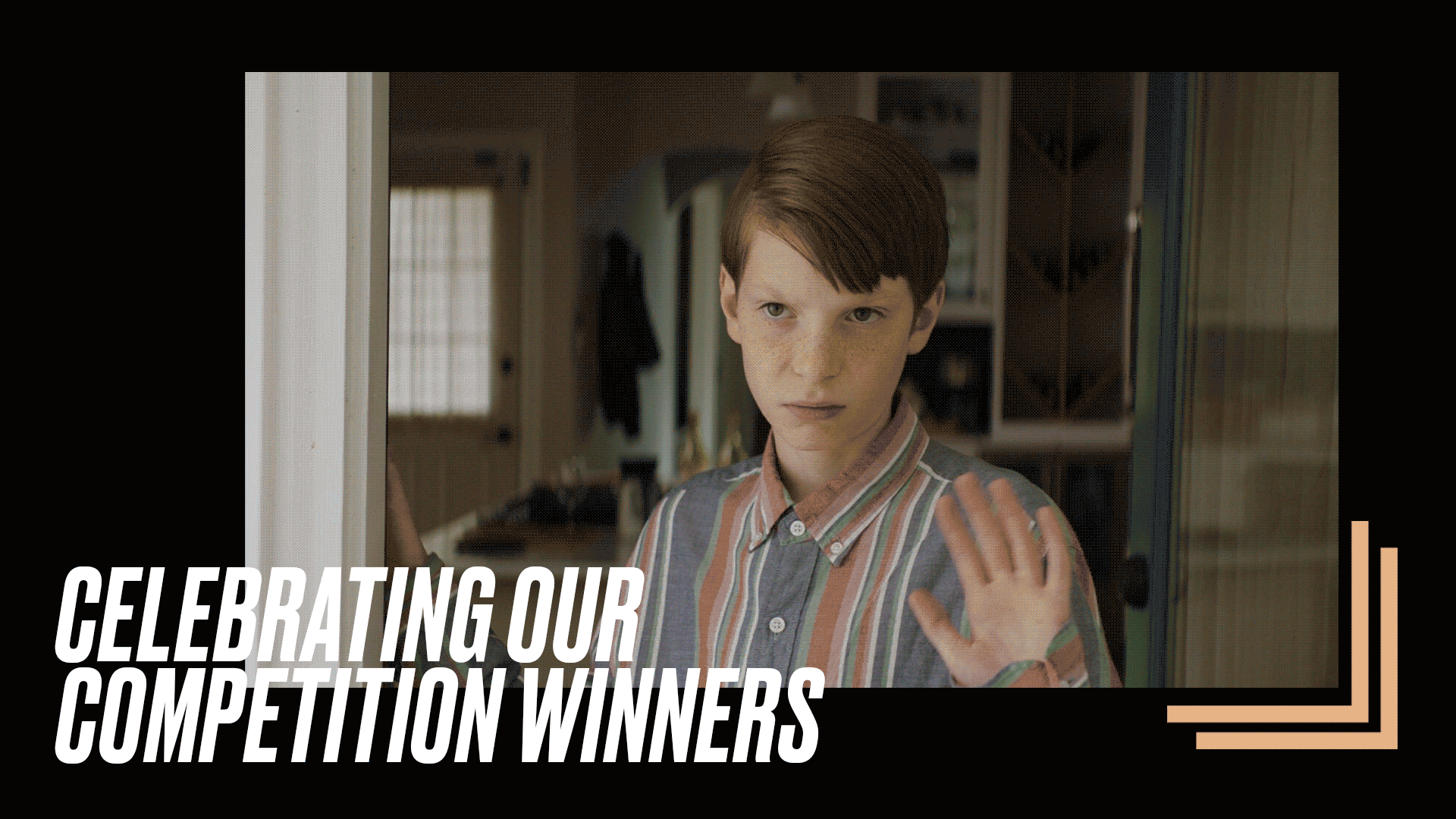
BY THE EDITORS |
Fresh Air
In his debut feature, The Air I Breathe (TFF '07), Korean-American filmmaker Jieho Lee explores questions of individual agency through the intertwined destinies of a disparate group of characters. The film, which features Forest Whitaker, Andy Garcia, Sarah Michelle Gellar, Brendan Fraser, and Kevin Bacon, opens this week.

The Korean-American filmmaker Jieho Lee is a product of what he calls AFD—“Asian Family Damage.” Though he was a cinephile from a young age and a film major as an undergrad, Lee agreed to go to Harvard Business School to appease his parents, who saw filmmaking as a dubious profession. “They said, ‘Look, you have to get a degree from a great professional institution and we’ll leave you alone for five years.’ I didn’t even know what a balance sheet was before I went there.” Lee lived a double life at Harvard, attending finance and accounting classes by day and editing a short film on VHS by night. The film, A Nursery Tale, eventually got into Sundance, and Lee was on his way to proving to his parents—and himself—that he could be successful as a filmmaker.
Still, he doesn’t see the experience as a diversion from his ultimate course. “One of the things it taught me, aside from learning to suck it up and suffer,” Lee says by phone from Los Angeles, “is that no matter how brilliant your creative powers are, you still have to know how to execute.” The discipline Lee discovered at Harvard proved critical in making his debut feature The Air I Breathe (TFF ’07), which opens Friday. Though there are almost no Asian characters among the film’s talented ensemble cast—which includes Forest Whitaker, Andy Garcia, Sarah Michelle Gellar, Brendan Fraser, Kevin Bacon, Julie Delpy, and Emile Hirsch—The Air I Breathe is as much a manifestation of Lee’s Asian-American background as his journey to Harvard. Born in New York City, Lee has also spent considerable time living and working in Seoul, where his parents now reside, and it was there that he began taking notes on the characters that would eventually appear in The Air I Breathe. Over lunch at a noodle shop one day he described them to his mother. In response, she told him about an Asian proverb about life’s four central emotions: Happiness, pleasure, sorrow, and love. “I just knew right there that this was the missing link,” he says.

Lee developed the script via a long-distance collaboration with Bob DeRosa, a playwright who had programmed A Nursery Tale at the Florida Film Festival. The narrative structure they produced—four overlapping and interrelated vignettes with heavy existential themes—may remind viewers of recent movies like Crash and Babel, though Lee and DeRosa developed the script before those films came out. But Lee thinks the similarities reflect something in the zeitgeist. “This type of narrative structure has now almost become archetypal, and a genre unto itself,” he points out. “I think it’s indicative of a larger social trend, which is globalization. We are discovering interdependencies we have on one another that we never knew existed prior.”
As if to underscore that point, he shot The Air I Breathe in Mexico City, at the behest of his Mexican backers. There, working with Director of Photography Walt Lloyd and his production crew, Lee sought not only to make locations look like those of an American city, but to give each vignette an elemental flourish tied to its archetypal character: thus, air figures prominently in the scenes with Happiness, fire in Pleasure, water in Sorrow, and greenery in Love. There were also the additional challenges of a first-time filmmaker working with a seasoned ensemble cast, one which, as Lee points out, included working with five directors—Whitaker, Garcia, Bacon, Delpy, and Clark Gregg have all made movies of their own. “There was very little wiggle room,” he says. “All of them would know if I was bullshitting.”
In the third week, Lee contracted a case of shingles—an extremely painful chicken pox-like virus which another filmmaker who has also had it calls “director’s disease.” “There was a week where I had to be wheelchaired to the set and I would literally get up and try to block a scene, then rush to the next room and barf, and then I’d have to be wheeled out on a gurney,” he recalls. The first day Lee showed up in a wheelchair, Garcia, with whom he’d clashed earlier in the production, stood up in front of everyone and said, “Jieho goes off a cliff, we all go off with him.” The film’s ambitious theme, about the complex relationship between the individual and the group, was playing out in real life.
The stories in The Air I Breathe don’t seek a tidy resolution to that theme, because there isn’t one. Each of the four protagonists do find a kind of agency within themselves, but they do so with the help of others, and the agency they discover is fraught with danger and tragedy. That ambiguity is key to Lee’s notion of himself as a filmmaker, and as a person, going forward.
“As an Asian-American, you’re always being pegged as something that you’re not,” he says. “I know there was a collective shudder amongst all Koreans after that unfortunate incident at Virginia Tech. You bear that burden a lot as an Asian-American—as any minority American. And to be able to rise above that, and still claim your individuality, is an important theme in my life. And at the same time, you have to remember you don’t want to be so much of an indivdiual that you eclipse your humanity in doing so.”

